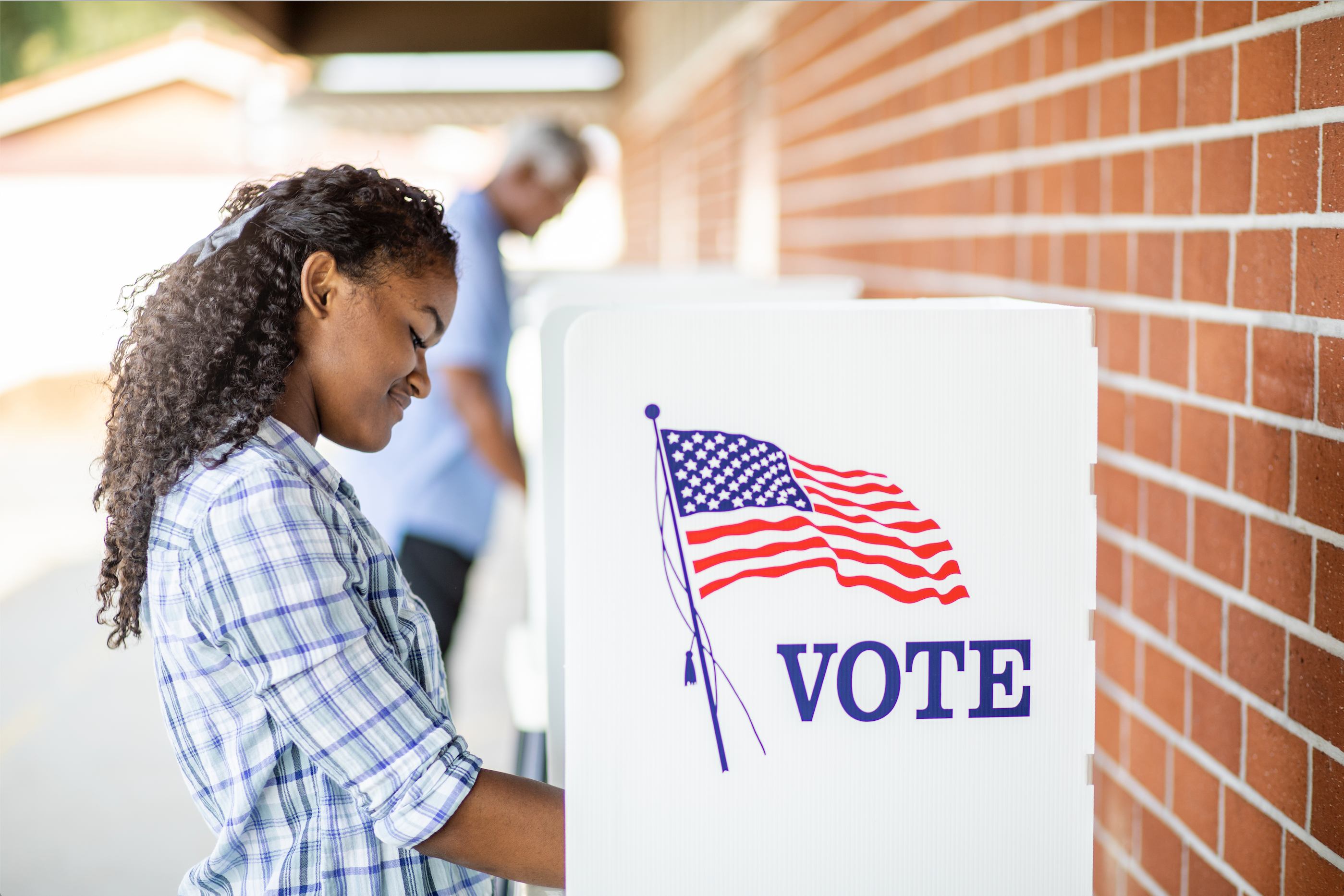Florida should make it easier for college students to vote

As early voting for the 2020 Presidential Primary kicks off in Florida, it’s worth reflecting on the many challenges that college students face at the ballot box.
Prior to 2018, for instance, Florida universities weren’t allowed to host early voting locations. That only became possible after a group of students sued the state government, and as a result, students have the chance to vote early at USF TECO Hall March 2-15.
Today, however, voting still remains a complicated process that even informed voters struggle to explain in a sentence.
One of the biggest sources of confusion is voter registration. The address you use when registering to vote is extremely important. Where you live determines all of the different districts you’re eligible to vote in, from the school board to Congress, so your address always needs to be up to date.
This fact can get tricky for college students because of how mobile they are — many move out of their homes when heading to college, and they might jump from on-campus housing to an off-campus apartment depending on cost and convenience.
As a result, students can easily forget to update their voting address after they move, which can make it confusing to find their polling location on election day. A USF student might wake up in Tampa ready to vote, only to realize their polling place is back home in Miami.
Worse, many states impose a cutoff for when people can register — if you haven’t registered by the deadline, you can’t vote in that election cycle. To vote in the ongoing presidential primary in Florida, for example, you needed to have already registered by Feb. 18.
By and large, these deadlines aren’t necessary. Twenty-one states, including California and North Carolina, have same-day voter registration, allowing voters to register all the way up through election day.
As long as you’re an eligible voter in one of those states, you can walk into your polling place, register to vote and cast your ballot all at the same time.
Policies like these are especially helpful for college students. They eliminate the hassle of figuring out their voting address and updating their info before the deadline.
These conveniences lead to higher voter turnout. A 2017 analysis by the U.S. Elections Project found that states saw their voter turnout increase by 5 to 7 percentage points after they implemented same-day registration.
Some might argue that remembering to register and stay up to date should be part of a voter’s due diligence. There’s little good reason, however, to make the process intentionally difficult. The purpose of the vote is to give citizens meaningful control over their government, and making people jump through hoops directly contradicts that goal.
With policies like same-day registration, Florida has the opportunity to make voting easier for thousands of people, including college students. It’s time to cut through the red tape and strengthen democracy in our state.
Nathaniel Sweet is a senior studying political science.







